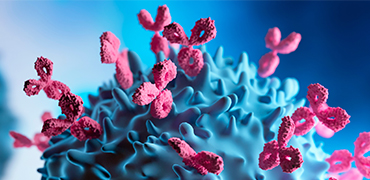1. What are the advantages and disadvantages of self-splicing intron and T4 RNA ligation?
-
Self-splicing is fast and cost-effective, but it requires techniques for designing the sequence.
The T4 ligase method is very straightforward and well-established, but it incurs higher costs due to the use of an additional enzyme. Head-to-tail ligation between two RNA molecules, occurring as a byproduct, is another issue.
2. Is it capable of producing scarless circular RNA?
-
Yes, GenScript has been developing a method to create scarless CircRNA, and it will be launched in 2024.
3. Do circRNAs require modified nucleosides?
-
It is optimal. We conducted some internal tests, and there was no significant difference in protein expression between the modified and unmodified versions.
4. How can this circular RNA technology be used for peptide or peptide-based drug development, and how efficient will it be at the commercial level?
- The mRNA display method can be used to screen peptide drugs, and it offers a larger library size.
5. How can one differentiate between linear and circular RNA of the same length by electrophoresis, considering variables like gel type, running buffer, and other factors? Is there a reliable method for differentiation?
- For circRNA and linear mRNA of the same length, we recommend using the E-Gel electrophoresis system to separate these two RNAs. Further details can be found in the paper listed below: https://www.cell.com/molecular-cell/pdfExtended/S1097-2765(22)00217-9.
6. What is the longest length of circRNA produced, and what is the purity level achieved for that?
- We typically work with circRNA less than 3kb. We successfully produced a Cas9 circRNA with a purity greater than 90%.
7. How is circRNA superior to linear RNA?
- Long half life, more accumulated protein expression and low immunogenicity.
8. Excellent talk! I am curious if there are similar encapsulation methods for peptides and circular peptides instead of RNA.
- The LNP formula contains an ionizable lipid to attract negatively charged RNA; however, it is uncertain how it interacts with peptides. Circular peptides should be quite stable.
9. When making circular RNA, what is the maximum sequence length achievable?
- We successfully synthesized a 3.5kb circRNA with a purity exceeding 90%.
10. Do you have any experience with antibody delivery using circRNA-LNP?
- Yes, I presented a case study using circRNA-LNP injected into mice to produce antibodies. If your question pertains to antibodies conjugated to LNP and delivered to specific cells or tissues, we are currently developing this type of LNP delivery.
11. How many genes can effectively be translated on one construct, and is there a size limit for the total mRNA (e.g., 6kb worth of genes)?
- For linear mRNA, we can employ the P2A/IRES system to express multiple genes, with lengths of up to 10kb. As for circRNA, currently, we only work with sequences less than 3kb in length.
12. Do you provide GMP services for circRNA?
- Yes, our sub-group ProBio can provide GMP services.
13. Does circRNA require the same UTR modifications used for linear RNA, especially for in vivo applications?
- CircRNA requires IRES to recruit the ribosome complex for translation initiation, unlike the UTR used in linear mRNA.
14. Some papers have reported that PolyA in circular RNA increases activity. Are there concerns that GenScript's circular RNA may have low activity due to the lack of PolyA?
- Currently, we don't include polyA in the circRNA sequence. The IRES is a critical component that affects protein expression. We are optimizing and testing different IRES sequences.
15. Does the longevity of expression differ in different cell types, especially those that divide more or less rapidly?
- Yes, the half-life of RNA behaves differently in various cell types.
16. The reactogenicity studies shared were in vitro. Do these in vitro results correlate with in vivo outcomes?
- Yes, our in vivo animal study demonstrated a similar half-life and protein expression pattern to that observed in the in vitro study.
17. Regarding the method to produce scarless circular RNA, is it the PIE2 method?
- We use the type I intron system to create the circRNA, and our scarless version is also based on this design.
18. Do you have Freedom to Operate for your circular RNA? Can you provide the circular RNA backbone for clinical development if we have a target for vaccination?
- We have obtained the FTO for our circRNA platform. Currently, we only provide the circRNA product and do not share the RNA backbone.
19. I was wondering about the size of the LNP for antibody delivery and how the route of administration could affect in vivo half-life.
- The size of LNP for antibody delivery is usually about 100nm, and it can't be larger than 200nm. Intravenous injection is usually a good option in mice.
20. What type of gel did you use for gel electrophoresis? In our group, the location of the precursor and the circular RNA is reversed.
- We use E-gel from thermo fisher and it always get a good separation. The precursor and circRNA is very close and need time to separate it.
21. Is it easy to purify circular RNA?
- Not exactly. We use HPLC to purify circRNA. The recovery rate poses an issue, and nicking is another challenge in achieving high purity of circRNA. Despite these challenges, our team is actively working on optimizing purification protocols to enhance recovery rates and minimize nicking for improved circRNA purity.
22. What is the maximum quantity of circRNA that can be purified in each purification run?
- In our HPLC process, we can achieve a purification yield of around 20-40%, depending on the RNA sequence and specific requirements.
23. What is GenScript's circularization efficiency?
- Our circularization efficiency typically ranges between 60% and 90%, depending on the RNA sequence and length.
24. How can one ensure that circular RNA remains circular after production and doesn't accidentally become linear?
- We use HPLC to remove linear or nicked RNA and then store it in Citrate Buffer.
25. Thank you for sharing your knowledge, Dr. Kevin. How does the buffer exchange work after RNA is encapsulated in the LNP, and why is there a need for a buffer exchange step?
- During the encapsulation process, there is a high ratio of ethanol in the LNP sample, which can affect downstream experiments. To remove the ethanol residue, we need to perform a buffer exchange, typically using PBS buffer or another regular buffer.
26. Do you think using a robust IRES-dependent ribosome entry for circular RNA could increase its therapeutic efficiency?
- Yes, the IRES is crucial for protein expression in circRNA.




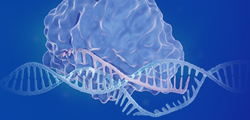



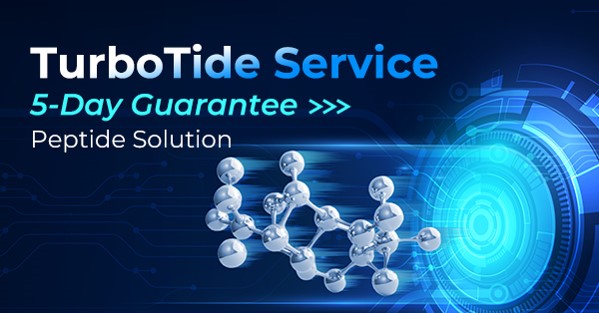
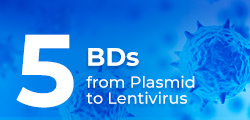









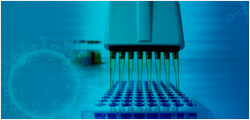


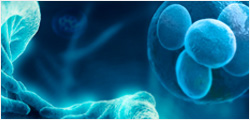



















 Dr. Kevin Chen
Dr. Kevin Chen


